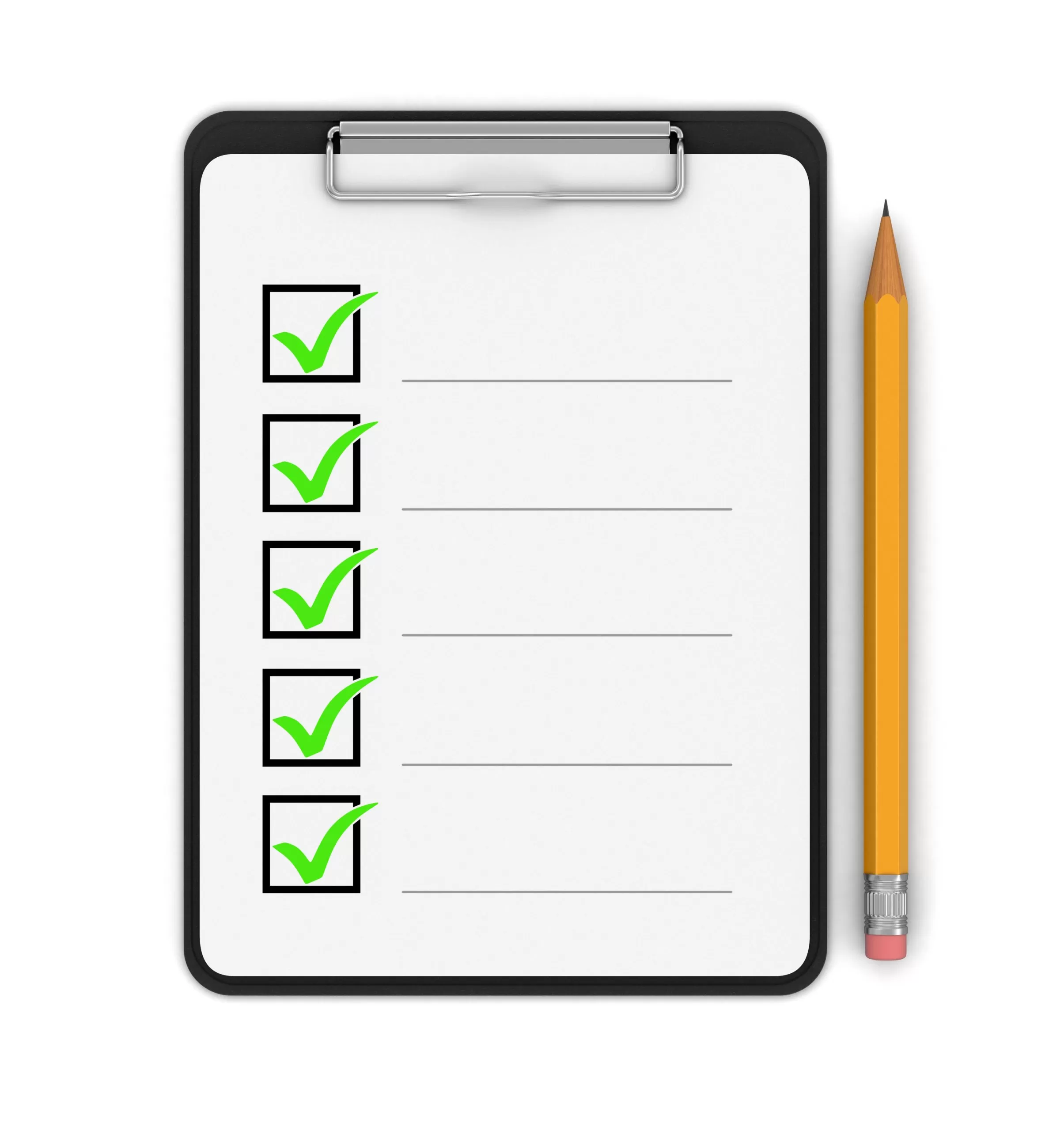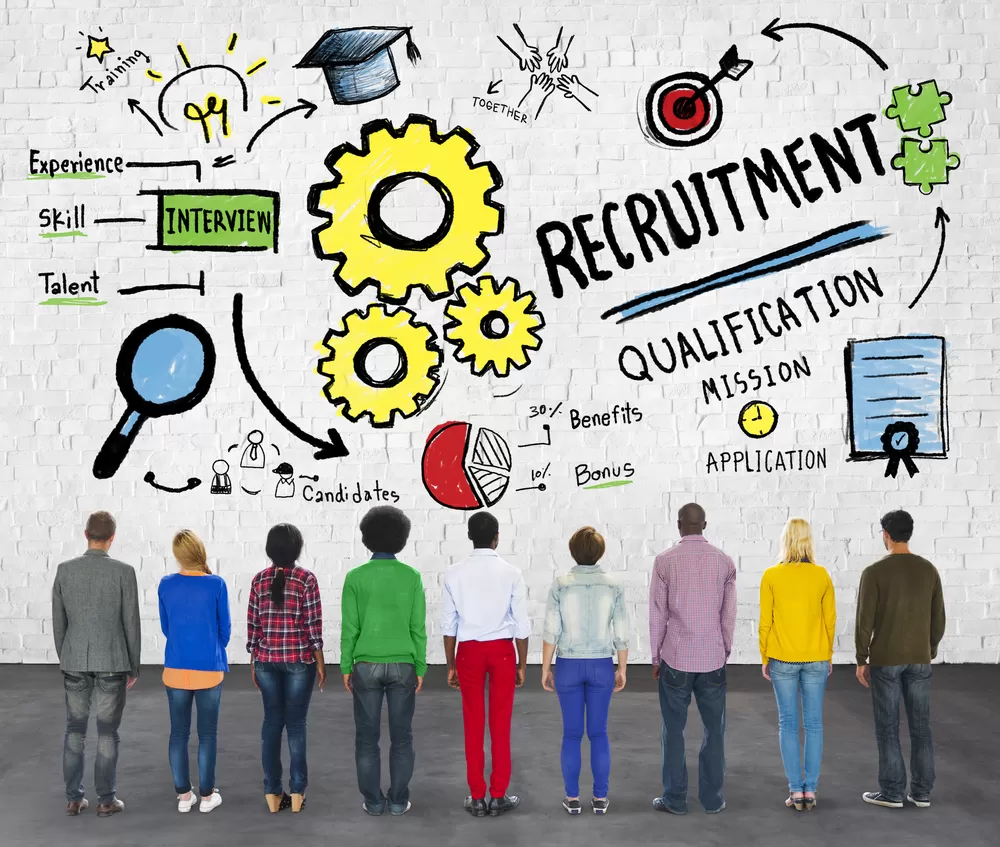Whether you’re assessing your current HRIS solution to determine effectiveness or evaluating a potential new system, having a checklist to work from can be helpful. Answering crucial questions will help you form a clear picture of what works in the system and what – if anything – doesn’t work or needs improvement.
It may be helpful to use a rating system, rather than simply checking items off, if you’re using the checklist to narrow down a list of vendors for selection.
Does the System Help with Compliance?
Compliance is an area that most organizations could improve. Compliance needs are continuously changing. In truth, there is a lot to keep track of when using manual processes. If a software system can help the company stay up-to-date and simplify compliance reporting, it can save companies time and money.
Are Employees Empowered by the HRIS?
Allowing employees access to personal information and company libraries can save HR managers time and make employees feel valued and trusted.
When employees can initiate changes to personal information and generate time-off requests using electronic communications, a HR software system can also make it easier to keep up-to-date records. Distributing some of the record keeping burdens to the employees in this way can be advantageous.
Certain systems may also allow employees to access scheduling information and training data.
Is Payroll Included or Easy to Integrate?
Some companies may outsource payroll or maintain separation between their payroll system and a HRIS. If this is the case, it can be helpful to evaluate the effectiveness of keeping the system as is, as opposed to selecting a system that includes payroll features. A cost analysis may help determine ROI with each approach for comparison purposes.
Can Predictive Analytics Assist with Decision Making?
Predictive analytics are getting more sophisticated, allowing companies to cross reference vastly different types of company information to make highly informed and strategic decisions. If a system does not significantly aid in decision making, it may be best to upgrade or consider a different system.
If evaluating a system, it may be best to ask for a demonstration of the system’s predictive analytics capabilities from a vendor representative.
Are Recruiting and Onboarding Features Included?
If recruiting and onboarding are optimized by a HRIS system, it can mean a huge cost savings. It may also help elevate company productivity and reputation, by attracting top talent that may not be easy to access with manual systems. However, the ROI on features like recruiting and onboarding may vary based on company size and structure.
So, remember that this is a checklist item that may differ in priority level from one company to another.
Can Performance Review Features Help Increase Engagement?
Performance reviews can be a sore point when done manually, as they require a great deal of time to complete and distribute. Also, they may not always have the desired impact on performance.
HRIS software that includes performance review features may make it easier for managers to keep detailed notes regarding performance. It also creates opportunities to distribute feedback on a more frequent basis using electronic communications. By managing employee performance more effectively, companies may improve productivity.










